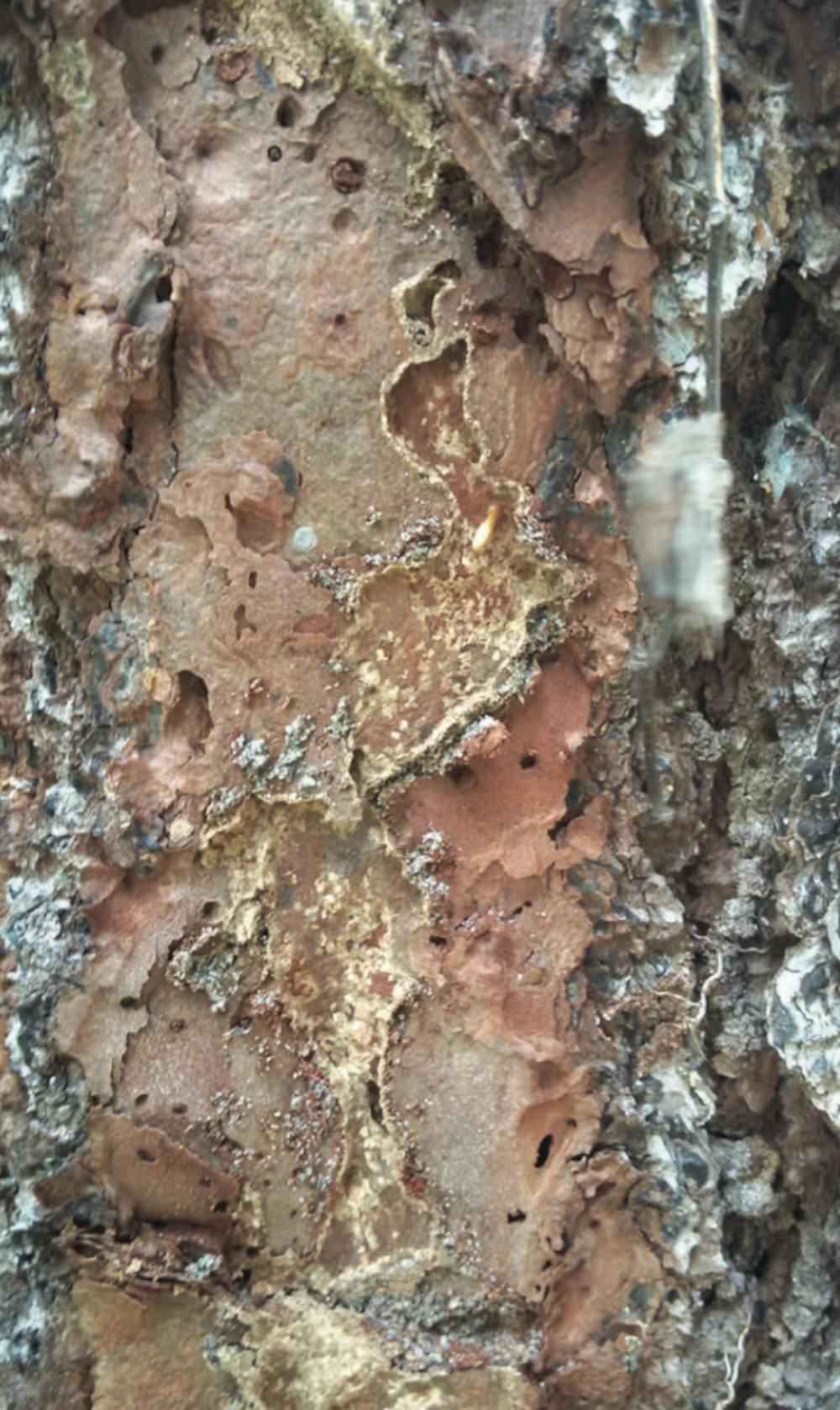Six-legged beasts are tearing up under the bark of century-old trees in South Florida, causing the trees to collapse and die.
The beasts in question are dark brown and are measured in millimeters, typically ranging between 13 and 14 millimeters.
Termites living in colonies of more than one million feast on the flesh of trees. Hollowed out, the wind can easily knock them down. Thomas Chouvenc, a UF Institute of Food and Agricultural Sciences assistant professor of urban entomology, published a study in the March issue of Florida Entomologist about the Asian subterranean termite and the chaos it has brought to Fort Lauderdale.
Chouvenc and Jeremiah Foley, a 2017 UF entomology and nematology alumnus, walked through neighborhoods in Fort Lauderdale in March 2017 and stopped whenever they saw slash pine trees, Chouvenc said. After getting permission from the homeowners, they inspected the trees.
They noticed something strange.
The termites were not eating these trees from the inside like other tree species, like oak or maple, but they would consume it directly underneath the bark, Chouvenc said.
Foley wrote in an email that the infection caused by the termites prevents the roots from sending nutrients to the rest of the tree. As time passes, the tree can’t be sustained and dies.
“The pace at which these termites kill pine trees in an urban system is relatively quick,” Foley said.
Landowners have two options: guard their homes with insecticide or use termite bait. However, using insecticide doesn’t kill the entire colony, Chouvenc said.
Other trees, such as maple and oak, are also affected by the termite. With hurricane season starting June 1, termites’ appetite could cause more damage.
Of three fallen oak trees in Fort Lauderdale that Chouvenc and Foley observed from Hurricane Irma, all were hollowed out by the Asian subterranean termite. One was a 50-year-old oak tree measuring 1.5 meters in diameter that collapsed onto someone’s roof and car.
“We’re kind of worried because we’re losing trees on a more regular basis,” Chouvenc said.
The researchers can see the destruction brought upon by the termites after scraping back the bark of a slash pine tree. The termites damage living tissue and eventually kill the tree.






